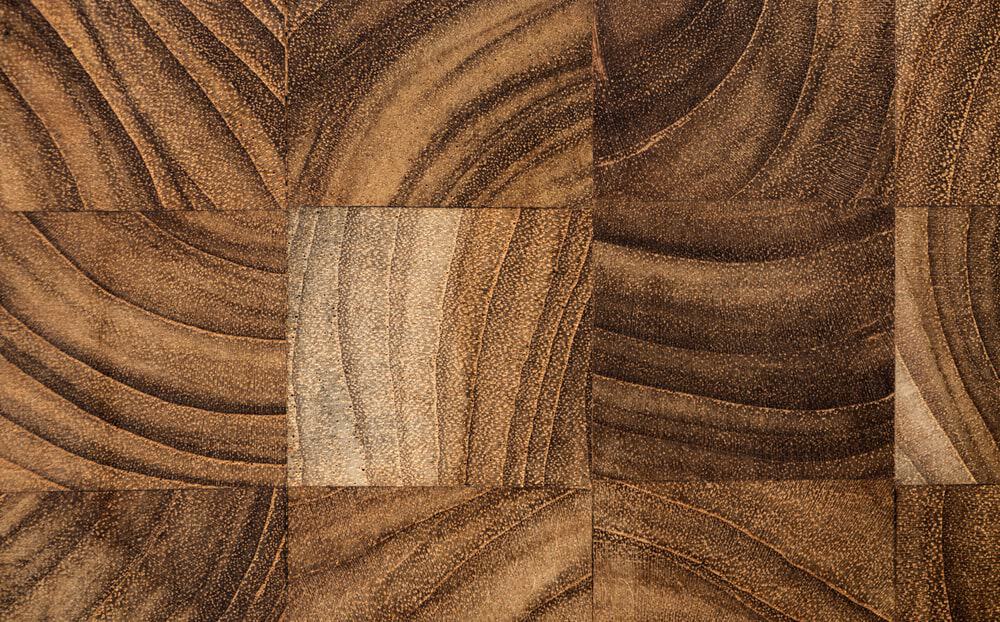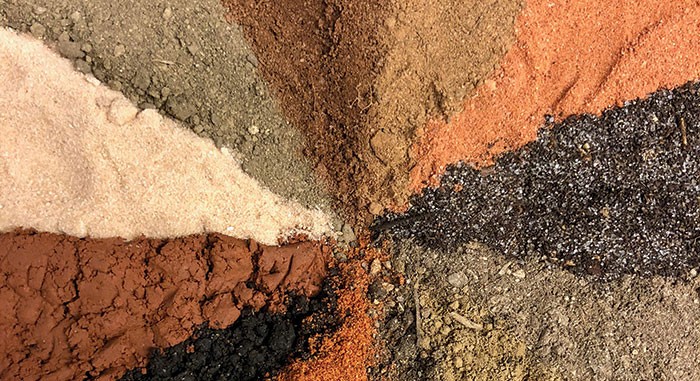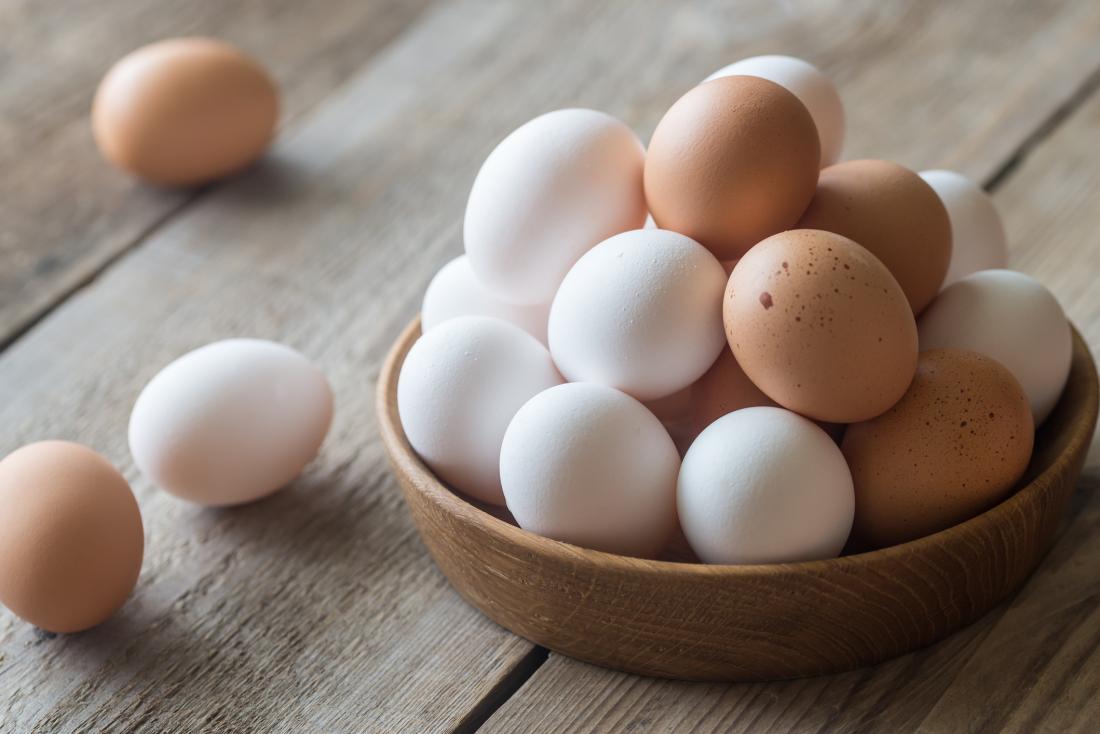Knowledge, Information and Experience
Wood is a porous and fibrous structural tissue found in the stems and roots of trees and other woody plants. It is an organic material, a natural composite of cellulose fibers that are strong in tension and embedded in a matrix of lignin that resists compression.
History:
A 2011 discovery in the Canadian province of New Brunswick yielded the earliest known plants to have grown wood, approximately 395 to 400 million years ago.
Wood can be dated by carbon dating and in some species by dendrochronology to determine when a wooden object was created.
People have used wood for thousands of years for many purposes, including as a fuel or as a construction material for making houses, tools, weapons, furniture, packaging, artworks, and paper. Known constructions using wood date back ten thousand years. Buildings like the European Neolithic long house were made primarily of wood.
Physical properties:
1. Growth rings: Wood, in the strict sense, is yielded by trees, which increase in diameter by the formation, between the existing wood and the inner bark, of new woody layers which envelop the entire stem, living branches, and roots. This process is known as secondary growth; it is the result of cell division in the vascular cambium, a lateral meristem, and subsequent expansion of the new cells. These cells then go on to form thickened secondary cell walls, composed mainly of cellulose, hemicellulose and lignin.
2. Knots: As a tree grows, lower branches often die, and their bases may become overgrown and enclosed by subsequent layers of trunk wood, forming a type of imperfection known as a knot. The dead branch may not be attached to the trunk wood except at its base, and can drop out after the tree has been sawn into boards. Knots affect the technical properties of the wood, usually reducing the local strength and increasing the tendency for splitting along the wood grain, but may be exploited for visual effect.
3. Heartwood and sapwood: Heartwood is wood that as a result of a naturally occurring chemical transformation has become more resistant to decay. Sapwood (or alburnum[12]) is the younger, outermost wood; in the growing tree it is living wood,[13] and its principal functions are to conduct water from the roots to the leaves and to store up and give back according to the season the reserves prepared in the leaves. However, by the time they become competent to conduct water, all xylem tracheids and vessels have lost their cytoplasm and the cells are therefore functionally dead.
4. Color: In species which show a distinct difference between heartwood and sapwood the natural color of heartwood is usually darker than that of the sapwood, and very frequently the contrast is conspicuous.
Water content: Water occurs in living wood in three locations, namely:
1. In the cell walls,
2. In the protoplasmic contents of the cells
3. As free water in the cell cavities and spaces, especially of the xylem
Tags: Become Responsible










